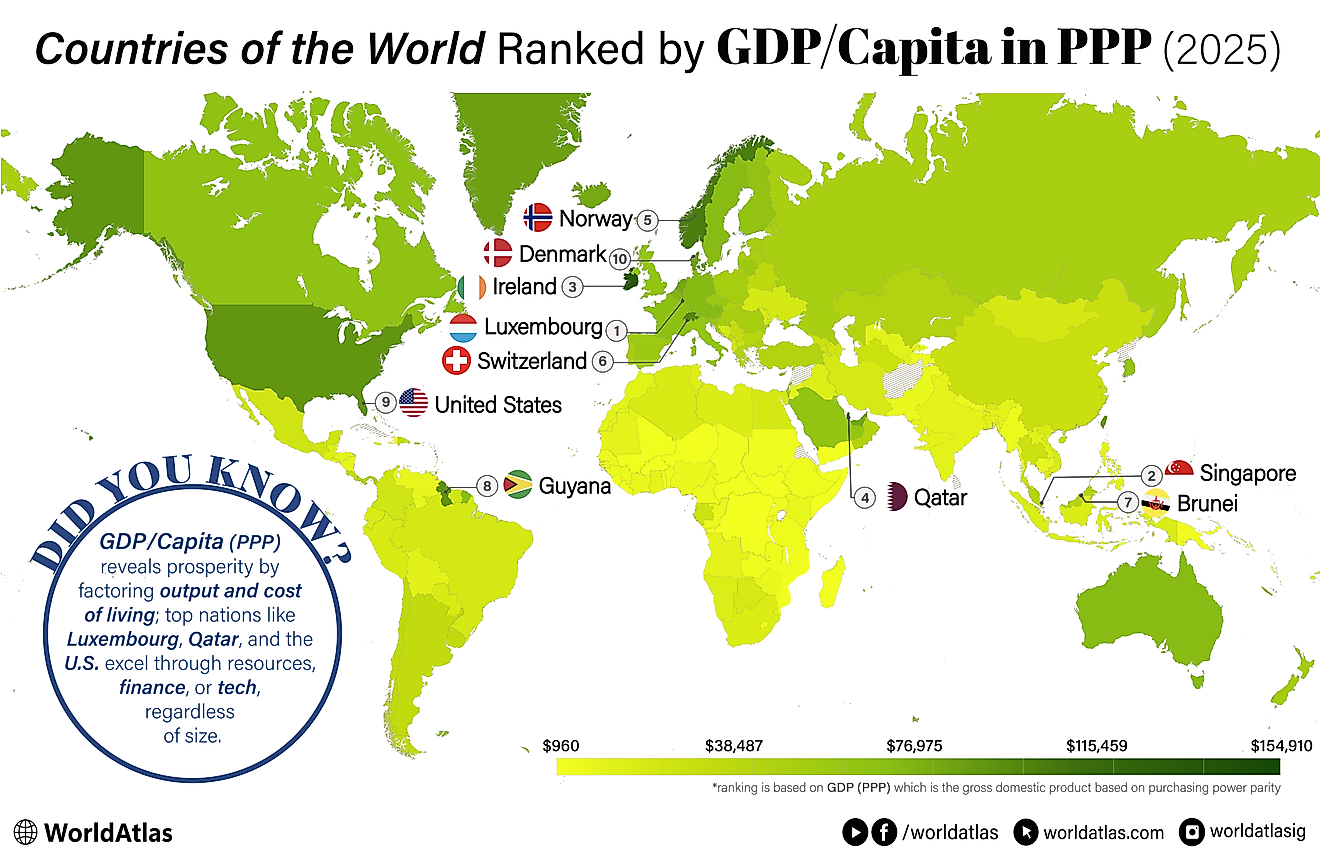World Leaders In Silk Production

Sericulture is the production of silk using domestic silkworms. Silkworm (Bombyx mori) larvae are used for silk production. The process begins with the thousands of silk moth eggs that are prepared by feeding them mulberry leaves. As the larvae molts, a stick is placed on it to weave silk on and becomes a cocoon that later envelops the larvae in two to three days. The cocoons are then boiled killing the pupae silkworm. The cocoons are taken and unwound on a reel. After the unwinding, the silk obtained are used to make silk. It takes around 2,500 silkworms to produce a pound of raw silk. A single cocoon has somewhere around a thousand yards of silk filaments.
An Ancient Industry
China and India are the two leading silk producers today. The Silk industry actually began between 5,000 and 3,000 BC in China. It reached India around 140 AD. The Silk Road also facilitated the smuggling of silkworm eggs into the Mediterranean and from there into the rest of Europe. Silk, due to its luster and fine texture, rapidly became a favorite for those people who could afford it. It was the standard for royalty and as gifts for people of stature.
Silk Outputs of Leading Countries
In turn, people coveted these luxury fabric as it was the most lucrative item traded along the Silk Road. This added to the incentives of silk production that continued to maintain its role as fabric fit for royalty. Today, silk production is being maintained according to traditional methods and newer methods as well. The following countries are on the top eight of the world’s most productive in silk production. China leads at 146,000 metric tons of silk produced annually. Second is India at 28,708 metric tons in annual silk production. Third is Uzbekistan at 1,100 metric tons of silk produced annually. Fourth is Thailand at 692 metric tons of annual silk production. Fifth is Brazil at 560 metric tons of annual silk production. Sixth is Vietnam at 420 metric tons of silk produced yearly. Seventh is North Korea at 320 metric tons of annual silk produced. Eighth is Turkey at 32 metric tons in annual silk production.
Silk's Applications in Modern Industry and Science
Silk has been found to be effective as impenetrable clothing against insect bites. Traditional uses for silk, ranging from royal wardrobes to silk bedding, have branched out further into many brand new commercial and industrial applications today. Some of these uses are in the electronic industry as insulation coils for wireless receivers and telephones. Medical uses include suture materials and medical dressings. In the automotive industry, silk is also used as component for tires. Military use includes parachutes and artillery gunpowder bags. More modern uses have incorporated silk into the manufacture of holograms and drug delivery systems. From the extraordinary to the ordinary, silk has become an essential component, and is even used in the manufacture of disposable cups.
World Leaders In Silk Production
| Rank | Country | Silk Production (in metric tonnes) |
|---|---|---|
| 1 | China | 146,000 |
| 2 | India | 28,708 |
| 3 | Uzbekistan | 1,100 |
| 4 | Thailand | 692 |
| 5 | Brazil | 560 |
| 6 | Vietnam | 420 |
| 7 | North Korea | 320 |
| 8 | Turkey | 32 |











